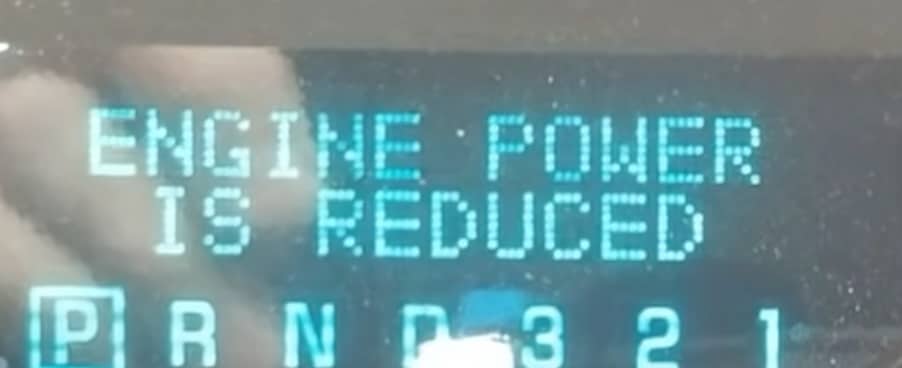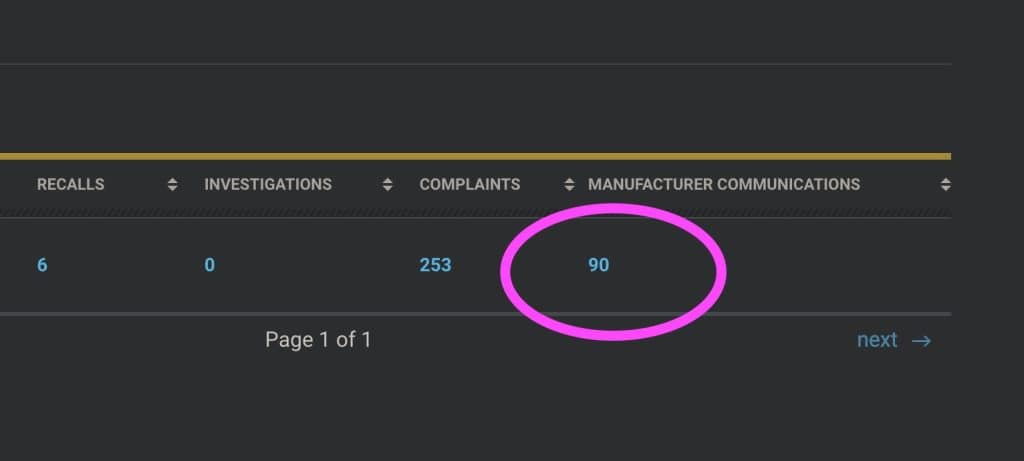Many late model GM-made vehicles, such as the Buick Cascada use an “Engine Power Reduced” mode when they detect a potentially catastrophic problem. Reduced engine power has been known to come on at very inopportune times (such as while driving on the highway).
Many components can cause the engine power to be reduced. The most common causes are usually an issue with the TAC system or the Throttle Position Sensor.
following the codes is the best way to fix the Engine Power Reduced warning in the Buick Cascada
What Does Engine Power Reduced Mean?

Your Cascada’s Powertrain Control Module (PCM) has reduced the available engine power due to a system failure. Depending on the engine and model year, as well as what system actually failed, here’s what the Engine Power Reduced mode can do:
- Throttle response will be limited
- The fuel pump will shut off, and your Cascada won’t run at all
- Transmission shift patterns can change
- No throttle response
The owner’s manual will detail exactly how your vehicle will behave with the engine power reduced.
Buick Cascada Engine Power Reduced: Diagnosis Strategy

There are many potential reasons why the Engine Power Reduced message can come on. Here’s how to narrow down what is wrong.
Pull the Diagnostic Codes
Use a scanner to pull up the diagnostic codes stored in your Buick Cascada’s PCM. As you’ll see below, many potential causes can put a vehicle into Engine Power Reduced mode.
Once you pull the code(s), you’ll want to focus on what causes that specific code, as “Engine Power Reduced” will be a symptom of that code.
Technical Service Bulletins
You can head over to the NHTSA website (it’ll open in a new tab) and look up the TSBs yourself. You need to input your Cascada’s model year or use a VIN search. Once you do, you’ll want to click on manufacturer communications. It’ll have every TSB that Buick produced for that model year.
You might get lucky and find a TSB that outlines a common reason why the Engine Power Reduced mode has come on, as well as a detailed repair guide. Finding the right TSB may take some digging, but it’ll be worth it in the amount of work you save yourself.
You should cross-reference the TSB with the codes you pulled with your scanner. If TSB and pulled code(s) seem to agree on the problem, following the TSB’s repair instructions would be your best course of action.

Buick Cascada: Reduced Engine Power Causes
As stated above, following the codes is the best way to fix the Engine Power Reduced warning in the Buick Cascada. But, here are some of the most common reasons the code comes on.
- Throttle Actuator Control (TAC)– The TAC module and control motor work together to open the throttle on drive-by-wire (computer-controlled) systems. When the signal from this system is not what it’s supposed to be, the PCM will reduce (or eliminate) the engine power.
- Throttle/Peddle Position Sensor– The pedal position sensor tells the PCM how far down you’ve pushed the throttle. If it’s getting an unreliable signal from one of its circuits, reduced engine power will turn on.
- Idle Position Not Learned– This’ll usually be accompanied by P2176.
- MAP Sensor Issues– The Manifold Absolute Pressure (MAP) sensor calculates the density of the air entering your Cascada’s engine. Without an accurate reading, the engine power may be reduced. You may have a code, such as P0108.
- Dirty Throttle Body– A dirty throttle body is known to cause reduced engine power. Often, when the throttle body is dirty, the engine will have a hard time finding the proper idle speed after the vehicle slows down. There will be a temporary drop in RPM below the normal idle speed before the PCM compensates for it.
Conclusion
Engine Power Reduced is GM’s way of keeping your Buick Cascada safe when vital systems are no longer performing reliably. It can be a challenge to repair. Follow the codes and TSBs.

